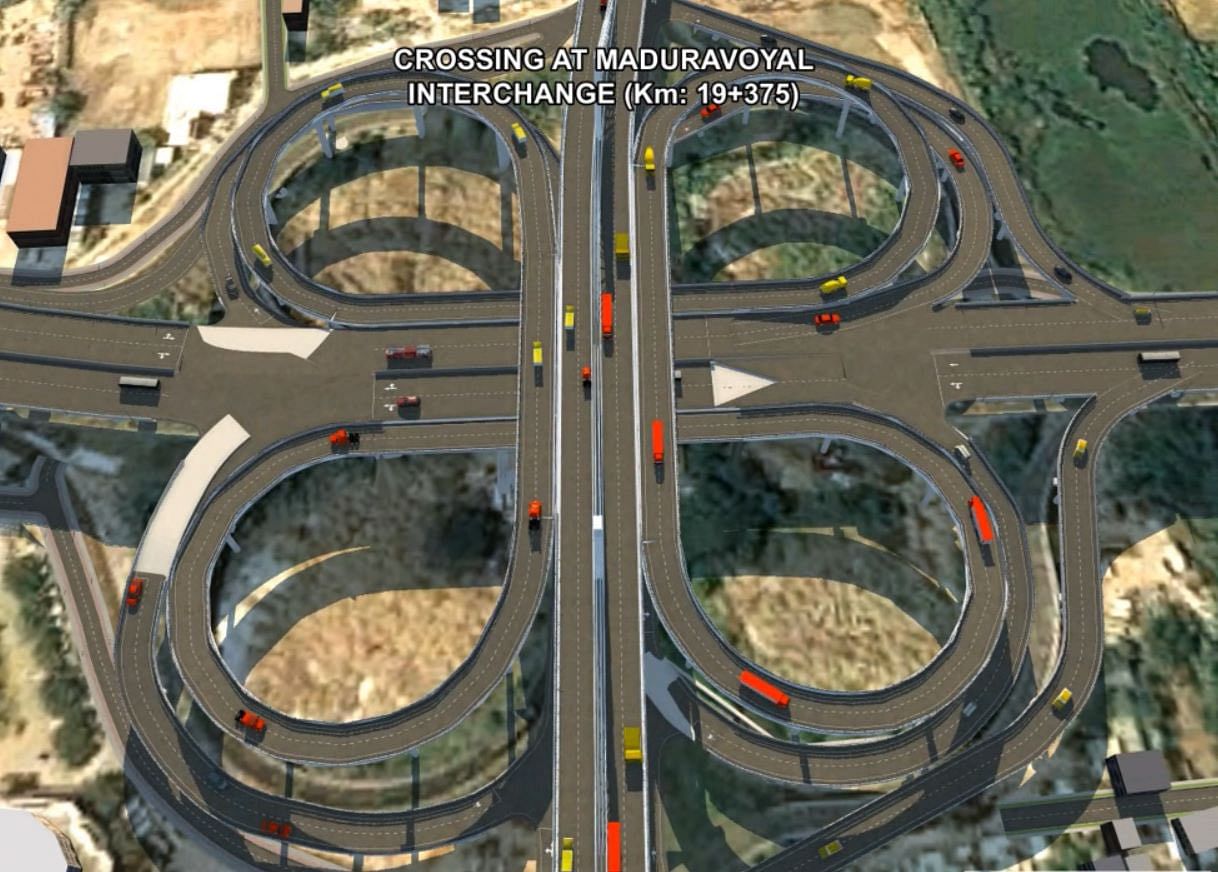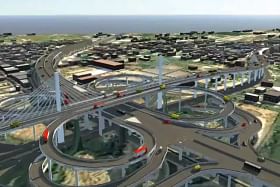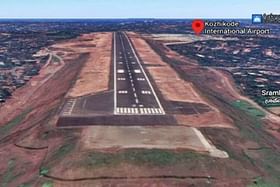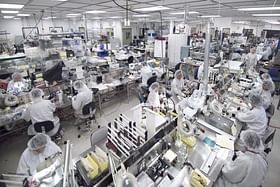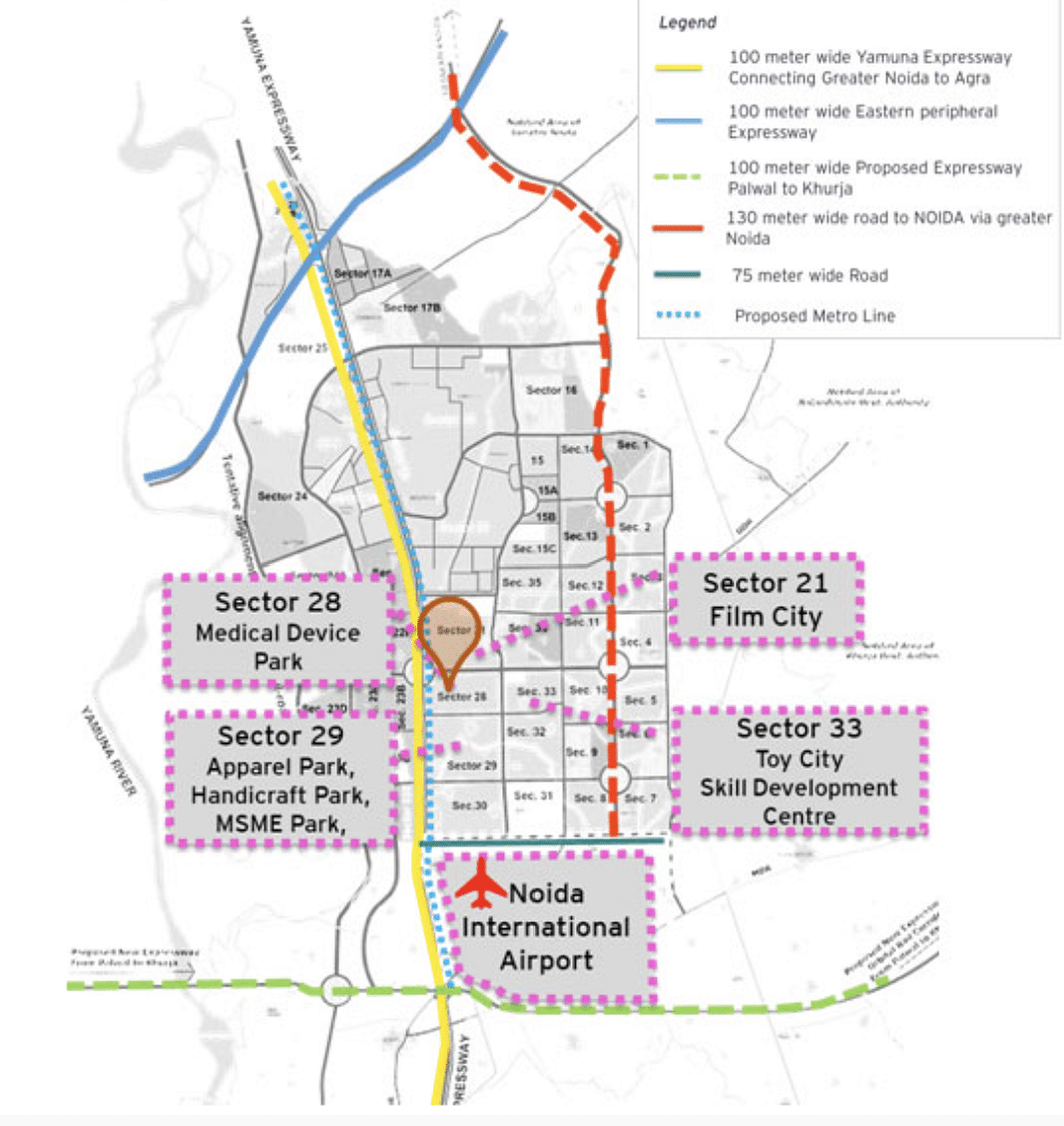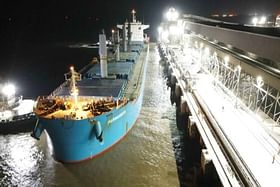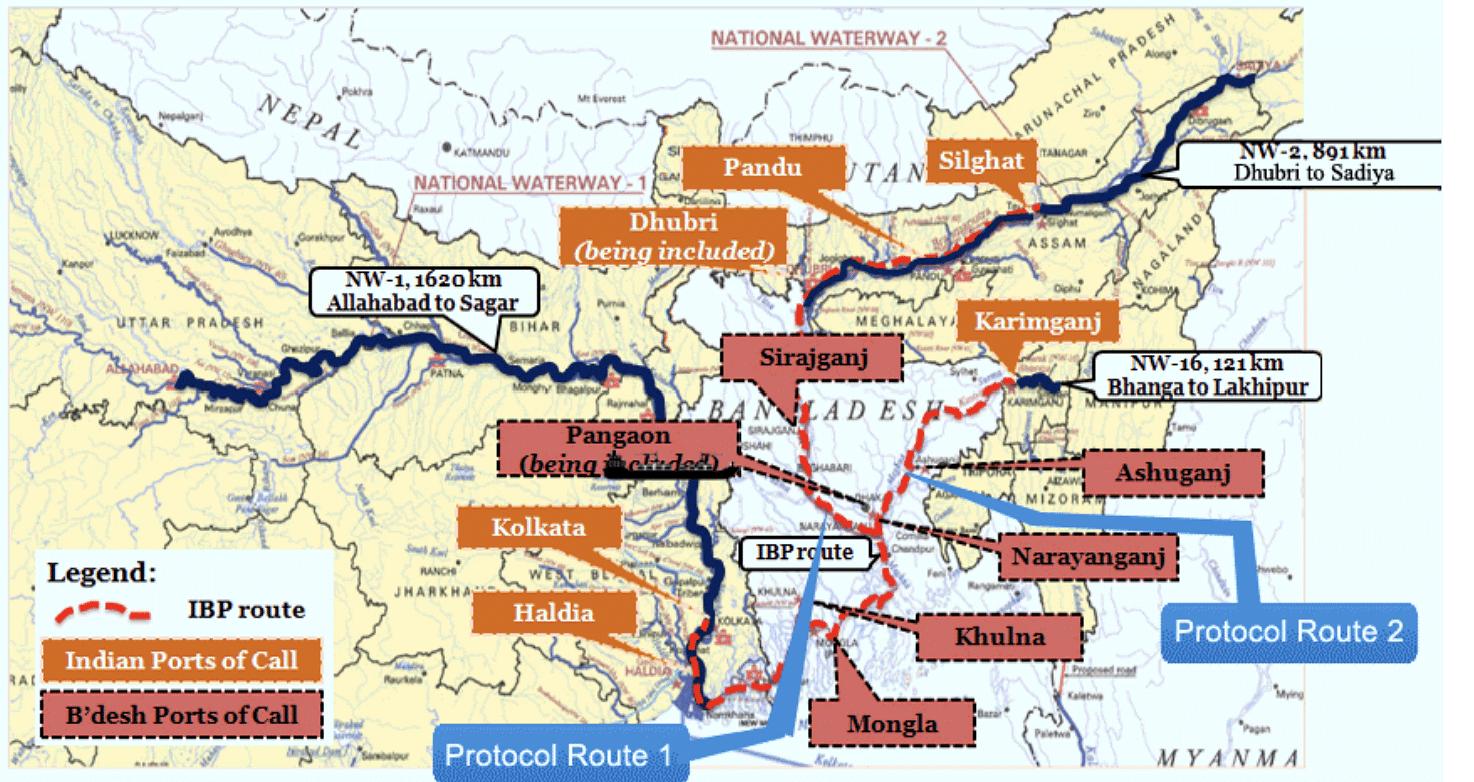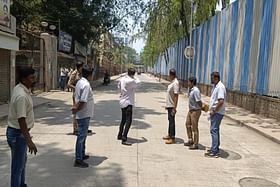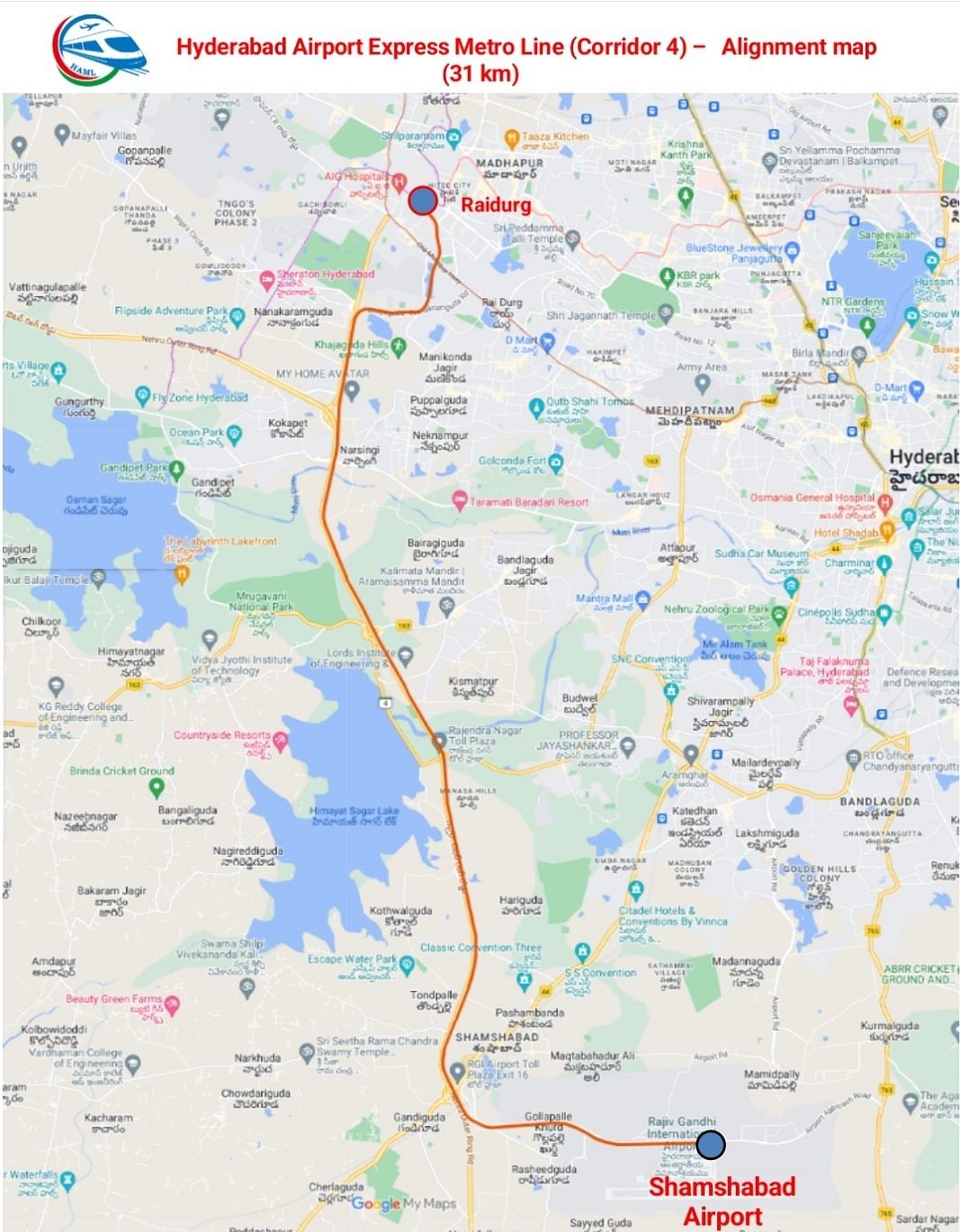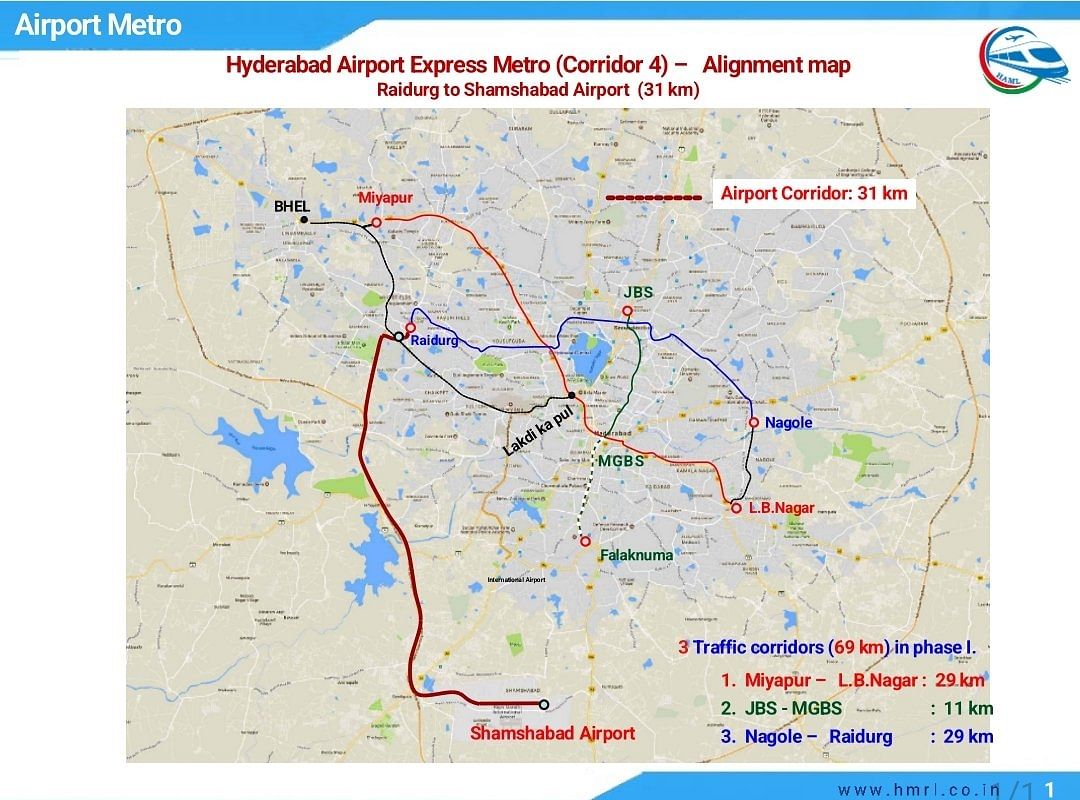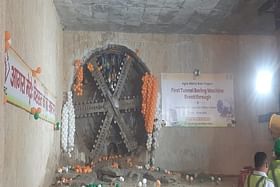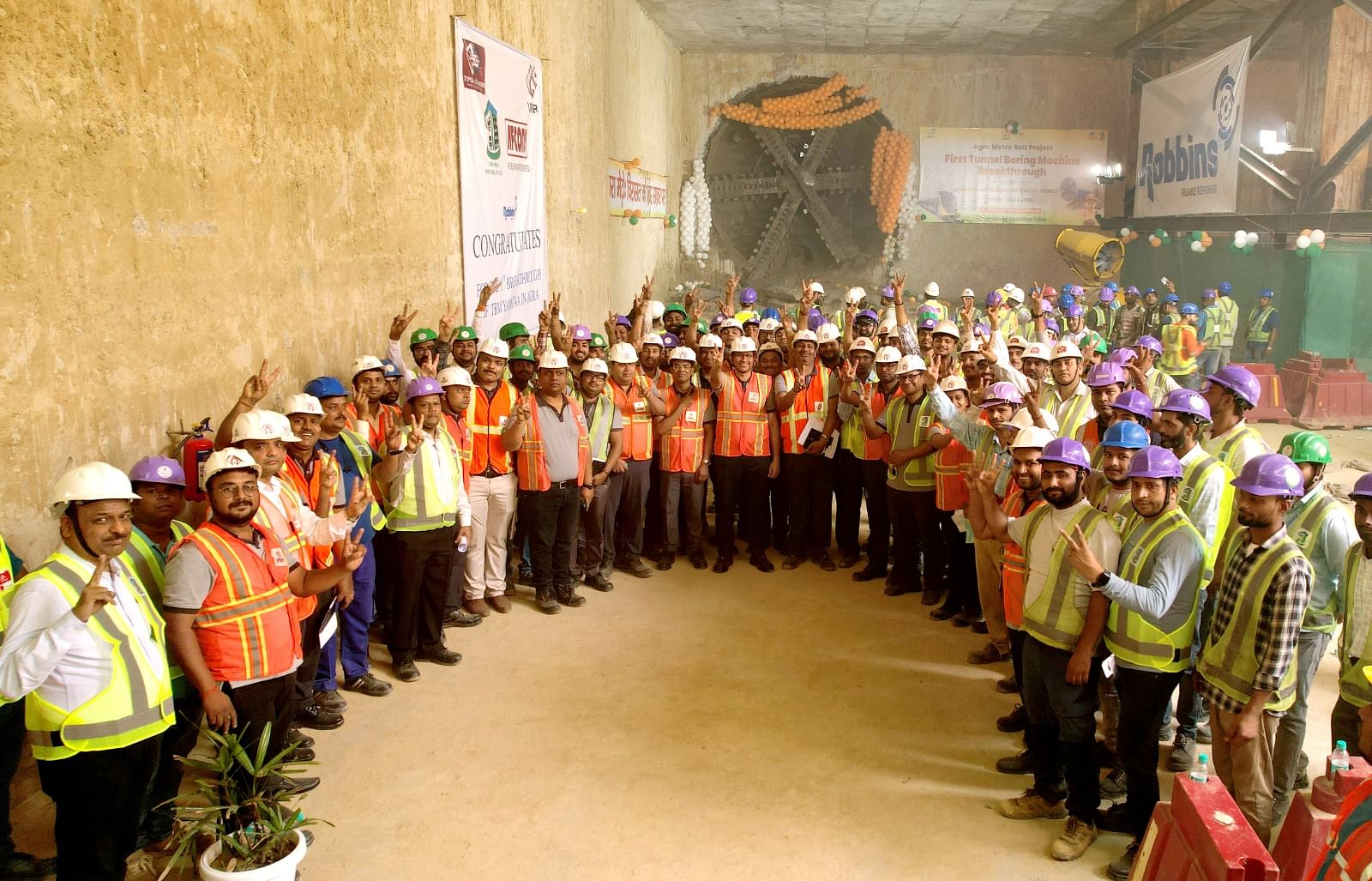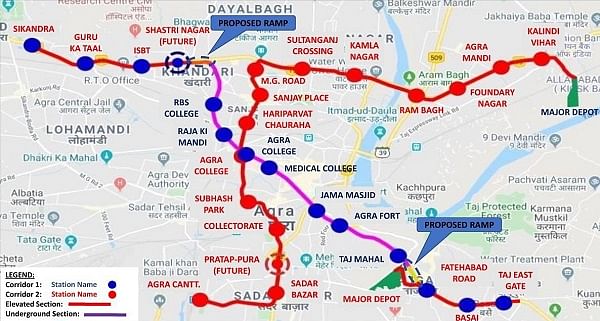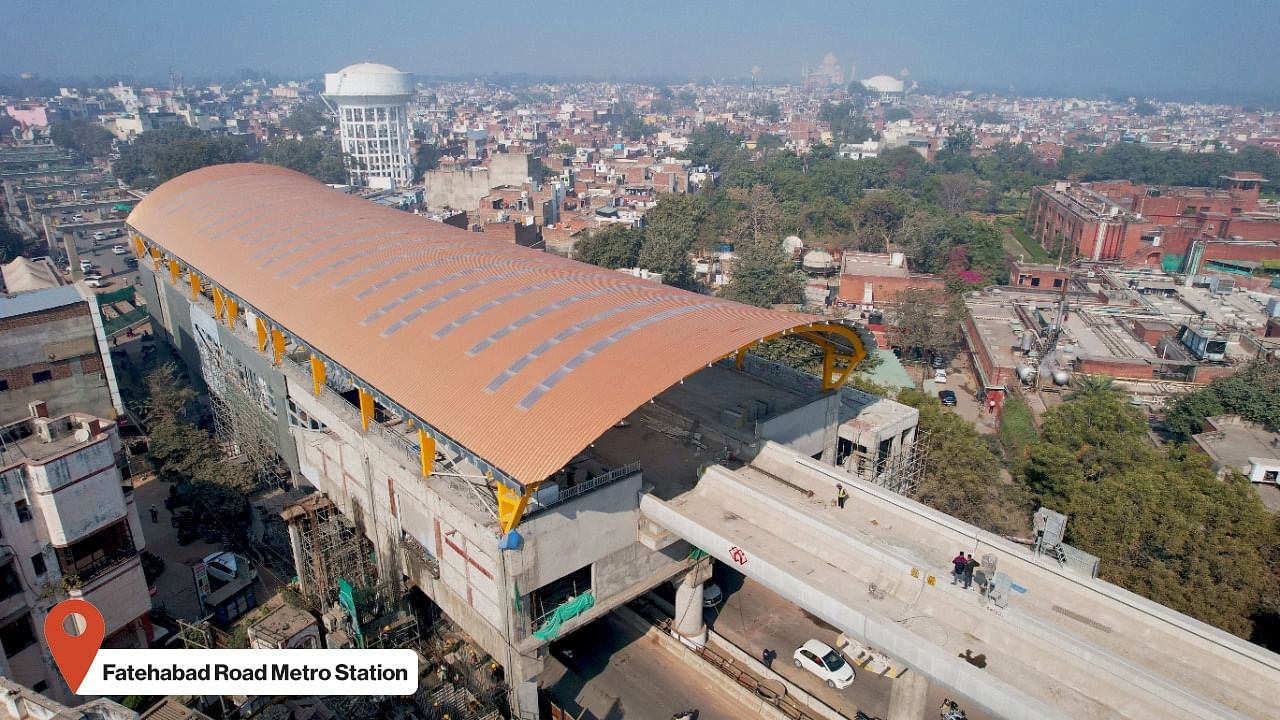The Shiv Sena (Uddhav Balasaheb Thackeray) president Uddhav Thackeray will visit Barsu village in Ratnagiri district in the first week of May to express solidarity with the ongoing protests by a section of local residents against the proposed oil refinery.
The decision follows the detention of 111 protestors including women on Tuesday (25 April), who were opposing the state government’s move to start a land survey for the Ratnagiri super refinery project along the coastal Konkan coast of Maharashtra.
Why the project
The project — known as the Ratnagiri Refinery and Petrochemicals Ltd (RRPCL) — was mooted by the Centre and the Maharashtra government in 2014 when BJP-Shiv Sena government ruled the state and was aimed at bringing development to the backward Konkan region.
It was estimated that the project would generate employment for at least one lakh local residents and also create new job generating avenues by setting up ancillary units.
What the project entails ?
Estimated to cost Rs 3 lakh crore, the proposed West Coast refinery will be among India’s largest investment project.
When complete, it will be among the six largest refineries in the world and the largest single location refinery complex in the world with a capacity of 60 million tonnes.
The Saudi Arabian Oil Company, better known as Saudi Aramco, which is the world’s biggest oil producer and the UAE-based Abu Dhabi National Oil Company (ADNOC) hold 50 per cent stake in the proposed refinery. Apart from this, three state-owned PSUs- Hindustan Petroleum Corporation Ltd (HPCL), Bharat Petroleum Corporation Ltd (BPCL) and Indian Oil Corporation Ltd (IOC) hold rest of the stake.
The proposed refinery is projected to produce 1.2 million barrels of oil a day and, along with the petrochemical plants associated with it at the same location, will also produce 18 million tonnes of petrochemicals a year.
Upon completion, the project is expected to bring some stability to the oil industry in the region enabling Saudi Aramco and ADNOC to provide steady supply of fuel to India.
Nanar village as first site
The project was originally supposed to come up on around 16,000 acres of land, spread across 17 villages in the adjoining districts of Ratnagiri and Sindhudurg in the Konkan region. The main oil refinery was to be set up in Nanar village, which falls in the Ratnagiri district.
However, the project was met with strong opposition from local residents citing loss of livelihood through traditional sources. The Konkan region is rich in fishing and cultivation of paddy, mangoes and jack fruit, which are traditionally grown by local residents.
As a result, the Sena, which counts the Konkan region as a traditional bastion, supported them, fearing that any attempt to give a go-ahead for the project could anger the voters. Eventually the Fadnavis government had to scrap the project ahead of the 2019 Assembly and Lok Sabah elections. The then state industries minister, Subash Desai of Shiv Sena, had issued a notification to scrap the project.
It may be recalled, in February 2019, when then BJP-Shiv Sena finalised the seat and power-sharing formula for 2019 Lok Sabha and assembly elections, scrapping Nanar project was one of the conditions.
Barsu-Solgaon as second choice
Immediately afterwards, the State saw a change of guards and the Maha Vikas Aghadi (MVA) government — led by the Shiv Sena and comprising the Nationalist Congress Party (NCP) and the Congress as allies — was formed.
It was at the instance of Uddhav Thackeray, who then headed the Maha Vikas Aghadi government, the project site at Barsu and Solgaon, the other side of Nanar near the Jaitapur Atomic project was zeroed in. Incidentally, both Nanar and Barsu are located in the Rajapur tehsil of Ratnagiri district of Maharashtra.
“While I did give a letter to the Centre [as then Maharashtra CM] suggesting Barsu as an alternative site for the refinery complex initially proposed at Nanar, I never put pressure on the locals,” he said.
However, villagers from this village, too, objected to the project on similar grounds as the residents of Nanar village had done earlier.
Environmental activists and villagers of Barsu-Solgaon claim that the project would cause large-scale environmental pollution and damage to the region, which is largely dependent on agriculture and is famous for cultivation of the Alphonso mango.
The latest round of protests started last week, after the state government started the process of soil survey to set up the petrochemical refinery.
The conflict between the locals and the government has escalated into a political issue, and the opposition MVA is backing the demonstrations and calling for an immediate halt to the survey.
Heritage Concern
The proposed location of Barsu-Solgaon has also raised heckles among experts and conservationists who claim that the refinery might damage geoglyphs — a form of prehistoric rock art, created on the surface of laterite plateaus- found in the area.
Barsu-Solgaon is gifted with thousand-year-old Geoglyphs and were added to a tentative list of UNESCO’s world heritage sites in April this year.
An expert committee appointed by the Union Ministry of Science and Technology and headed by Senior archaeologist Professor Vasant Shinde, said that more than 250 geoglyphs have been identified in the area where the petrochemical refinery will be built.
“If the project starts at the presently proposed site in Barsu, the rock carvings will get destroyed due to construction and chemical reaction at the site. A refinery project can be set up elsewhere in Konkan beyond 5-6 km of the petroglyphs,” Shinde said.
What next
The Opposition, unwilling to cede space, has demanded that the soil survey work be stopped until the government finds solution through peaceful means and demanded that the protests are handled with “sensitivity”.
Chief Minister Eknath Shinde criticized the opposition and stated that the State Government would not initiate the Barsu refinery project without the consent of the people, regardless of the circumstances. He mentioned that the government had conducted boring and soil testing procedures but was not planning to commence the project right away.
